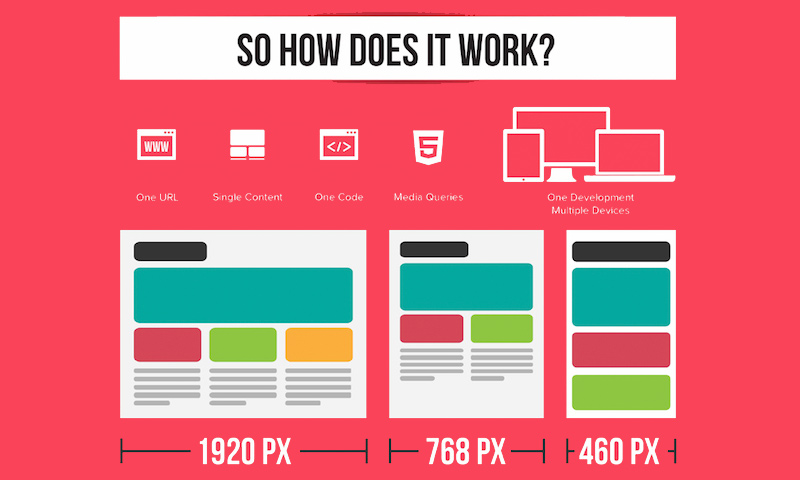Intrigued In Discovering Just How Site Style Has Changed Throughout The Years? Explore The Development From Standard, Uncomplicated Designs To User-Centered Methods That Prioritize The Needs And Choices Of On-Line Site Visitors
Intrigued In Discovering Just How Site Style Has Changed Throughout The Years? Explore The Development From Standard, Uncomplicated Designs To User-Centered Methods That Prioritize The Needs And Choices Of On-Line Site Visitors
Blog Article
Developed By-Dalrymple Bowles
In the past, websites were simple and concentrated on details. Navigation was straight, and style was for desktop computers. Currently, customer experience is vital. Data overviews layouts for easy navigation. Responsive formats fit various tools. Today, dark setting decreases pressure, and minimalist menus boost navigating. Interactive functions involve individuals, and bold visuals stand apart. AI integration boosts engagement. See just how style has evolved to boost your online journey.
Very Early Days of Website Design
In the early days of web design, simplicity preponderated. Internet sites were basic, with minimal shades, fonts, and layouts. The emphasis got on giving details rather than showy visuals. Customers accessed the web through sluggish dial-up connections, so rate and capability were crucial.
Navigation food selections were straightforward, normally located on top or side of the web page. Web sites were created for home computer, as mobile surfing wasn't yet widespread. Material was king, and developers prioritized simple readability over intricate layout aspects.
HTML was the main coding language utilized, and designers had to work within its restrictions. Animations and interactive functions were very little compared to today's criteria. Websites were fixed, with little dynamic web content or personalized user experiences.
Surge of User-Focused Style
With the advancement of web site layout, a change towards user-focused layout principles has actually become progressively popular. Today, developing internet sites that prioritize customer experience is vital for engaging site visitors and achieving business goals. User-focused layout entails comprehending the needs, preferences, and behaviors of your target market to tailor the web site's design, material, and features as necessary.
Designers now perform comprehensive research, such as customer studies and functionality screening, to collect understandings and comments directly from individuals. This data-driven strategy assists in developing instinctive navigation, clear calls-to-action, and visually attractive interfaces that reverberate with site visitors. By placing the individual at the center of the style process, web sites can provide a more customized and enjoyable experience.
Receptive style has actually additionally emerged as a vital facet of user-focused style, making certain that internet sites are maximized for different devices and display sizes. This versatility improves availability and functionality, satisfying the varied ways individuals communicate with websites today. Essentially, the surge of user-focused style represents a change towards developing digital experiences that focus on the needs and assumptions of the end individual.
Modern Trends in Website Design
Discover the latest fads forming web design today. One famous pattern is dark mode style, offering a smooth and contemporary appearance while minimizing eye strain in low-light atmospheres. An additional crucial fad is minimalist navigating, simplifying menus and boosting individual experience by concentrating on essential elements. Including micro-interactions, such as animated buttons or scrolling impacts, can develop an extra engaging and interactive website. Receptive layout remains essential, making sure smooth customer experiences across different devices. Additionally, utilizing bold typography and unbalanced designs can add aesthetic passion and accentuate particular web content.
Integrating AI innovation, like chatbots for client support or individualized suggestions, boosts user engagement and improves procedures. Availability has likewise become a substantial pattern, with developers prioritizing comprehensive design methods to accommodate varied customer demands. Embracing sustainability by enhancing site efficiency for speed and efficiency is an additional emerging fad in website design. https://www.searchenginejournal.com/navigating-ymyl-topics/419906/ with individual comments and data analytics to repeat and improve layout continually is crucial for staying relevant in the ever-evolving digital landscape. By welcoming these modern-day patterns, you can produce a visually attractive, easy to use website that resonates with your audience.
Conclusion
As you review the advancement of web site layout from the early days to currently, you can see just how user-focused layout has become the driving pressure behind contemporary fads.
Embrace the journey of change and adjustment in web design, constantly maintaining the individual experience at the forefront.
Keep present with the current patterns and technologies, and never ever quit progressing your strategy to develop visually sensational and straightforward websites.
what is it worth , adjust, and develop - the future of web design is in your hands.
